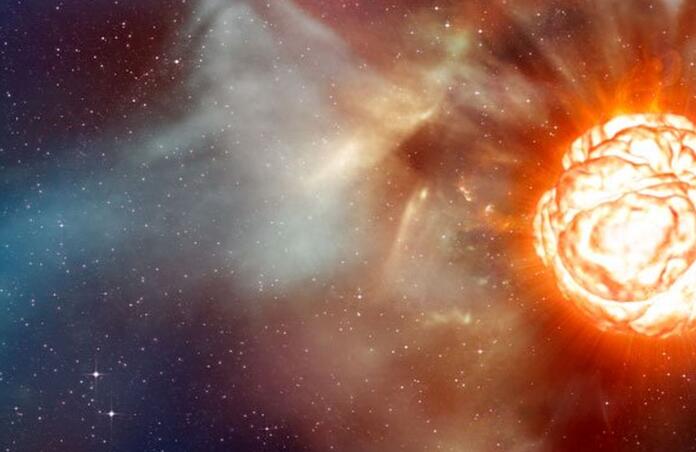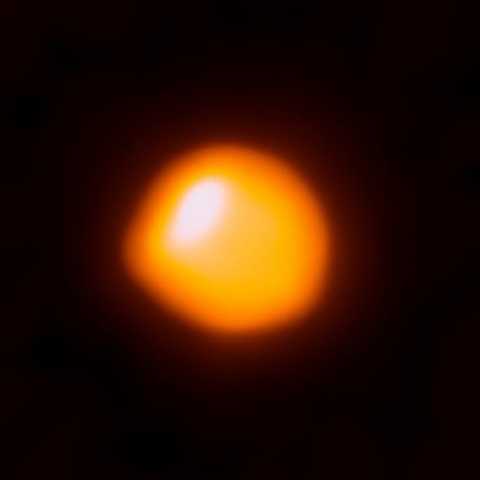The Dimming of Betelgeuse

As you may have heard, Betelgeuse, a large red supergiant in the Orion constellation, has recently been dimming, first noticed by astronomers in October 2019. Betelgeuse is known as a semi-variable star, which simply means its brightness is subject to increase or decrease based on changes in size and temperature. Though long regarded as one of the brightest stars in the night sky, astronomers have realized that the star is decreasing in brightness much more than usual, causing many to speculate on what is going to happen. A popular (general news media) conclusion is that the star may explode as a supernova soon, but is there any valid scientific data to back up this claim?
Will Betelgeuse go supernova soon?
Betelgeuse is located around 642 light-years from Earth, with a mass about 20 times that of the Sun. Because of its incredible mass, the star has led a relatively short existence of only 10 million years and is now reaching the end of its lifespan. Betelgeuse's inevitable end will result in a massive supernova explosion, which we'll be able to safely observe from Earth. Though seeing a supernova first-hand sounds both lovely and vastly informative for scientific research, it’s highly unlikely to happen within our lifetime. Current estimates place the death of Betelgeuse within the next 100,000 years, meaning it could meet its end today, but is far more likely to go supernova a long time from now.
Why Betelgeuse is Dimming

An image of Betelgeuse captured by the Atacama Large Millimeter/submillimeter
Array (ALMA). This is the single highest-resolution image taken of Betelgeuse
thus far.
The astronomers to first notice the fading, Richard Wasatonic and Edward Guinan of Villanova University, and Thomas Calderwood of AAVSO, believe the star may be undergoing a longer-than-usual light-cycle. There are other possible explanations (and speculations), but without any hard evidence, none of them are quite as probable as this explanation. While the star is the least luminous and coolest it has ever been based on 25 years of data gathering, the dimming is already showing indications of slowing. However, Guinan and Wasatonic state that further research over the next few months will be crucial to our understanding of its current state.
So, is Betelgeuse likely to explode in a glorious supernova spectacle any time soon? Probably not, but it’s understandable why so many have run with the idea—it would be extremely incredible!